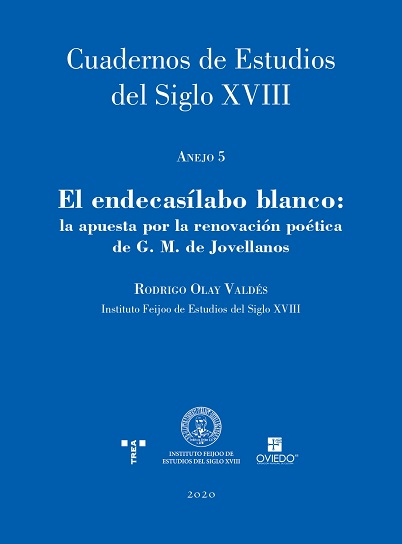Abstract
In the idea of overcoming anacreontic poetry and taking the poetic discourse of the moment to a higher level of ambition and complexity, Jovellanos decided to substitute rhyme for rhythm and to chose the blank verse as the ideal meter for his proposal, given its flexibility and richness accentuation possibilities. In a series of letters sent to various friendly poets (1773-1797), he explained how this verse should be used: he classified the hendecasyllables according to their five possible accents or caesuras; he established which were the most harmonic and mapped out how to appropiately combine them. In this study, we systematize Jovellanos' theory, analyze its metric uses diachronically, and study how he applied his ideas to his own poems. This allows us to conclude that he gradually adjusted his verses to his own requirements, which enables us to describe a very detailed evolution of his use of the blank verse relevant to understand his work, date his poems and solve authorship problems.
This work is licensed under a Creative Commons Attribution-NonCommercial-NoDerivatives 4.0 International License.
Copyright (c) 2020 Cuadernos de Estudios del Siglo XVIII
Downloads
Download data is not yet available.

